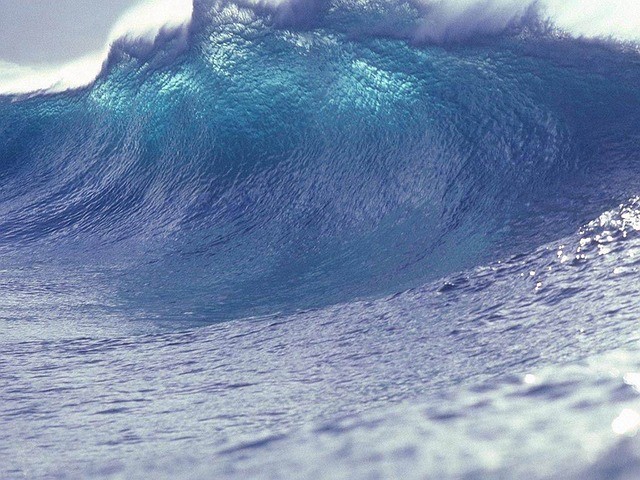A study discovered that Los Angeles and San Diego could be devastated by a massive tsunami that is triggered by some offshore faults.
Researchers believe that there is a great possibility that huge earthquakes and tsunamis could be generated by seven major faults spread across the sea from Southern California to north of Baja, California.
These faults are apparently capable of producing an earthquake measuring a magnitude eight.
Scientists believe that these vertical fault zones also caused the displacement of the seafloor long ago, where this can send a powerful tsunami towards Los Angeles and San Diego.
According to lead author of the study Mark Legg of the Legg Geophysical in California, his team has been trying to get a better understanding of the numerous fault lines under the ocean in the region.
Legg believes that there is a "logjam" offshore as it creates a blockage in the Earth's crust which are caught in between the North American and Pacific tectonic plates. These blocks are now stuck together, wedged from the San Andreas Fault in the east with western continental shelf, located 200 kilometers out in the ocean.
When the plates are sliding within each other, the blocks then get squeezed where Legg describes this as a continental collision where this messy logjam can disrupt these plates and create fault lines.
Scientists investigated how the two larger seafloor faults have slipped over time and if this slippage can cause the seafloor to crack upwards. The team discovered that the Santa Cruz-Catalina Ridge Fault apparently produced ridges and even valleys where the blockage has been already pushed upwards as it moves sideways.
The continuing movement of these plates also builds up seismic stress on these ridges and faults where scientists fear that they will rupture in a similar manner to the San Andreas fault in the future.
This study is published in the Journal of Geophysical Research: Earth Surface.



























